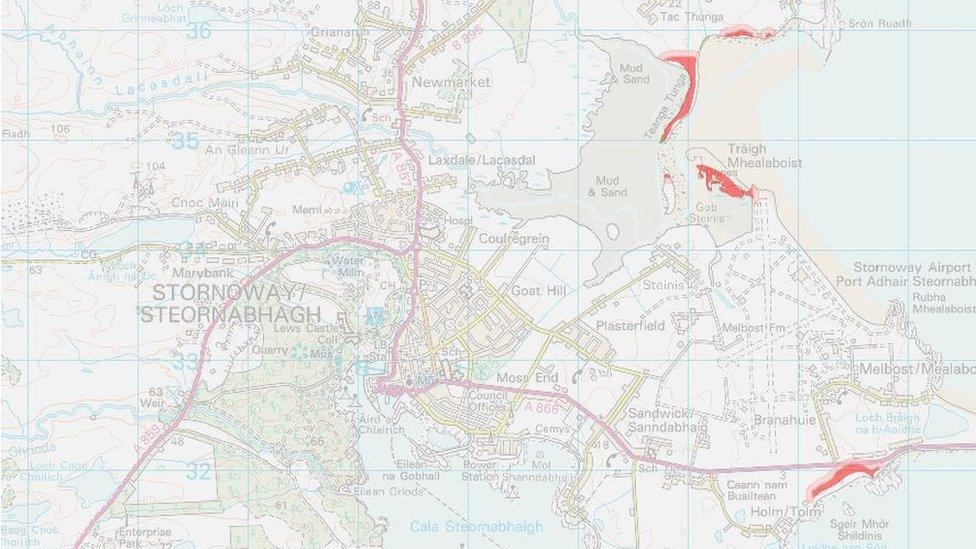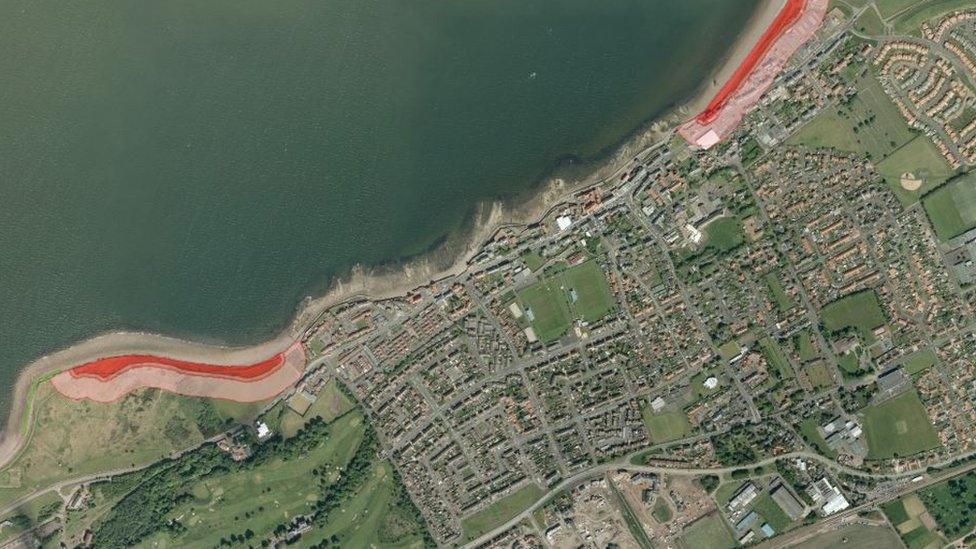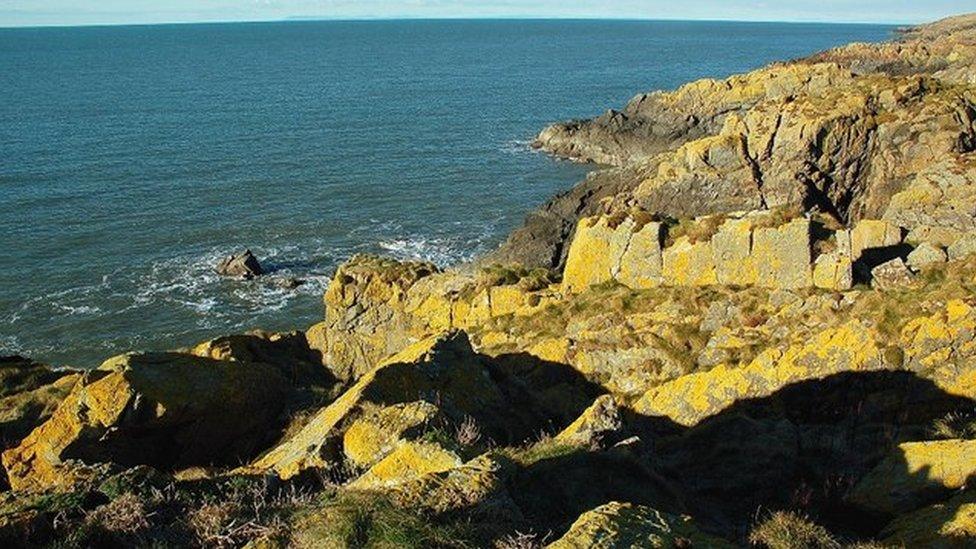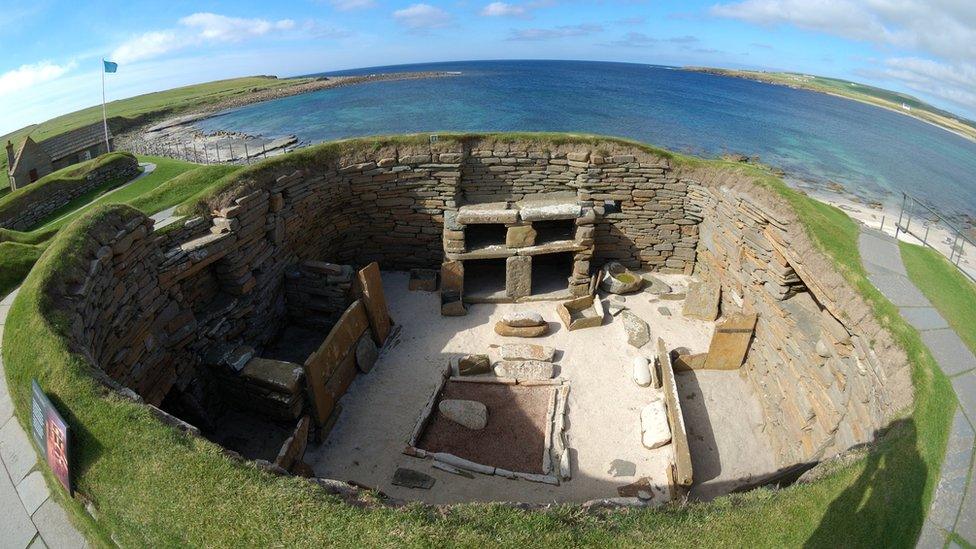Erosion risk to a fifth of Scots coastline, scientists say
- Published

The Dynamic Coast project drew up predictions of areas potentially at risk from erosion
Almost a fifth of Scotland's coastline is at risk of erosion, threatening property and infrastructure worth £400m, scientists say.
A group of experts studied coastlines dating back to the 1890s to make predictions for the next 30 years.
The Dynamic Coast project used information drawn from more than 2,000 maps and a million data points.
Environment Secretary Roseanna Cunningham said the erosion rates "will probably get worse, and faster".
Research was carried out by experts from the Scottish government, Scottish Natural Heritage and the University of Glasgow.
The erosion rate has doubled since the 1970s, with the extent of it increasing by 39%.
Principle researcher Prof Jim Hansom said this was "what we'd expect with climate change", adding: "We are seeing a net loss of our coastline. The clock is ticking and we need to start adapting to avoid unnecessary costs."

Heavily populated areas, such as this coastline at Prestonpans, are among those which may be affected
Prof Robert Furness, chairman of SNH's Scientific Advisory Council, said there was "a lot of work to be done to protect Scotland's coastal infrastructure".
He said: "Fortunately, about £13bn-worth of property, roads and other infrastructure is already protected by natural features such as beaches and dunes, with another £5bn-worth lying behind engineered defences. So nature itself protects many massively valuable assets.
"However, we must also be aware that £400m-worth of property, roads and infrastructure lies along coastlines that could be affected by erosion by 2050. Our mission now is to ensure we do all we can to protect these areas."
The National Coastal Change Assessment tool, external gives an overview of historical coastlines and areas potentially at threat from erosion by 2050, although it cautions that it "should not be used to assess coastal erosion risk to individual properties".
Speaking at the launch of Dynamic Coast in St Andrews, Ms Cunningham said the "great new innovation" would "help protect existing infrastructure and heritage sites from significant environmental change and damage".
She said: "More than 9,000 buildings, 500 kilometres of road, 60 kilometres of rail track, 300 kilometres of water supply lines and vital airports runways, such as Islay, are protected by natural defences; however some of these already face serious damage and it's vital that local authorities, transport agencies and other planning bodies investigate how they can work together to manage coastal change before it's too late.
"Tools such as this will enable them to do just that."

The Old Course at St Andrews could be under threat from erosion

The projections suggest significant erosion on the banks of the River Cree
- Published6 July 2017

- Published9 January 2017
